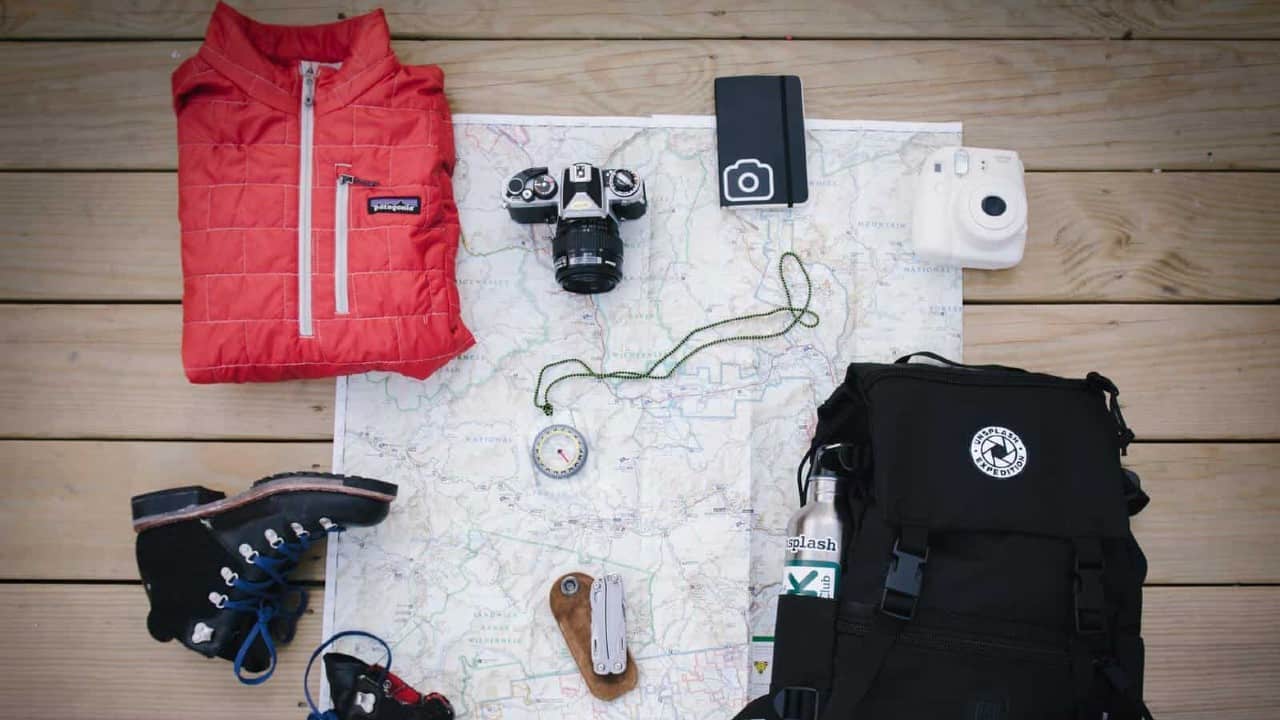This is my packing list for the Coast to Coast Walk. The route is undoubtedly one of Britain’s most iconic long-distance trekking routes. But, at 192 miles, you will need a lot of gear unless you are washing your clothes every day.
Due to the fact that this is a genuinely long self-powered journey that traverses ever-changing landscapes, packing for the Coast to Coast Walk can be a bit tricky. What you’ll require on a sunny, cloudless day in the Yorkshire Dales is totally different from what you’ll need during a downpour in the world-famous Lake District.
So, how can a Coast to Coast trekker successfully strike a balance between carrying all the essentials without feeling like he or she is carrying a set of lifting weights on their back? Have no worries – in this article, we’ll be taking a thorough look at what you need to pack in order to have a pleasant and unforgettable Coast to Coast experience.
Packing for the Coast to Coast Walk – The Overview
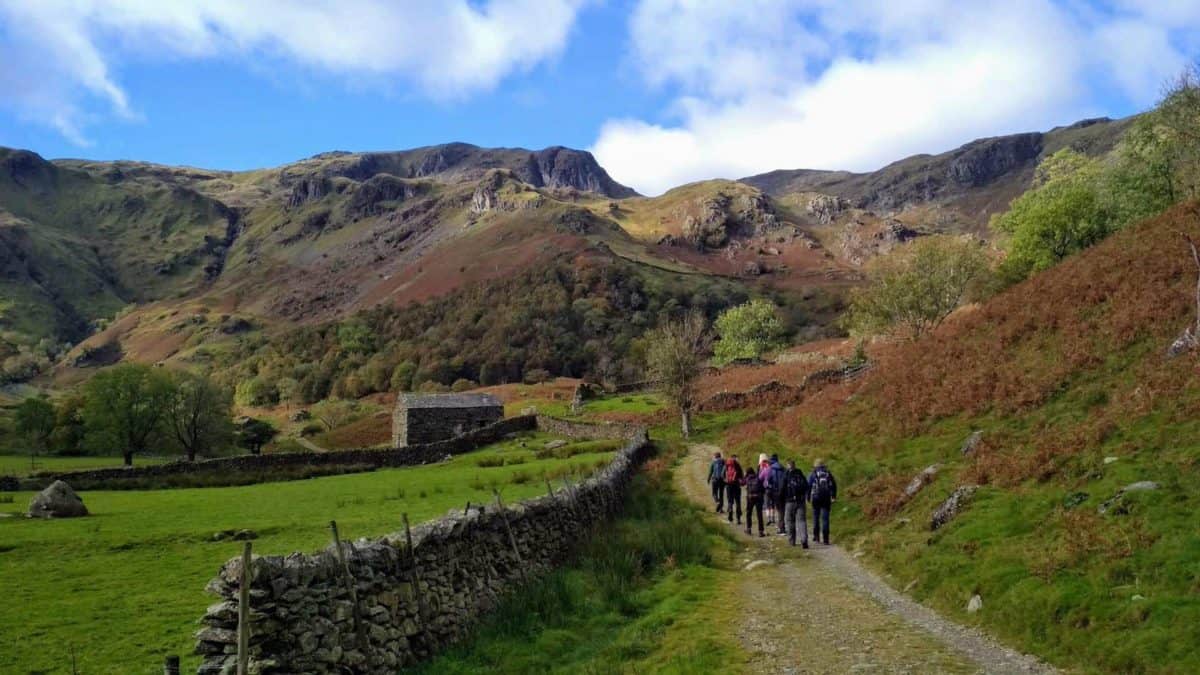
When it comes to packing for this long-distance route, a lot of variables come into play – the time of year, trip length, hiking style, baggage transfers, accommodation type, and many more. Every single trekker will carry a completely unique kit that suits his or her needs the best. Read the best time of year to walk the Coast to Coast.
However, even though your needs may differ from those of other hikers, there is still some universal packing wisdom that applies to all outdoor enthusiasts that decide to walk this well-known route.
The Weight of the Backpack
If you’ve decided to walk the Coast to Coast route, your first question is probably this one – how much should my backpack weigh? Unfortunately, answering this question is all but easy.
In general, those who intend to camp on the route should not carry more than 13 kilograms of gear, including water and food. Folks planning to stay indoors, on the other hand, should keep their backpack weight below 9 kilograms. Finally, walkers who’d like to have their baggage transferred should keep in mind that most services that do this have a luggage limit of 20 kilograms. Also, they should keep the weight of their daypacks below 4 kilograms.
Choosing the Right Backpack
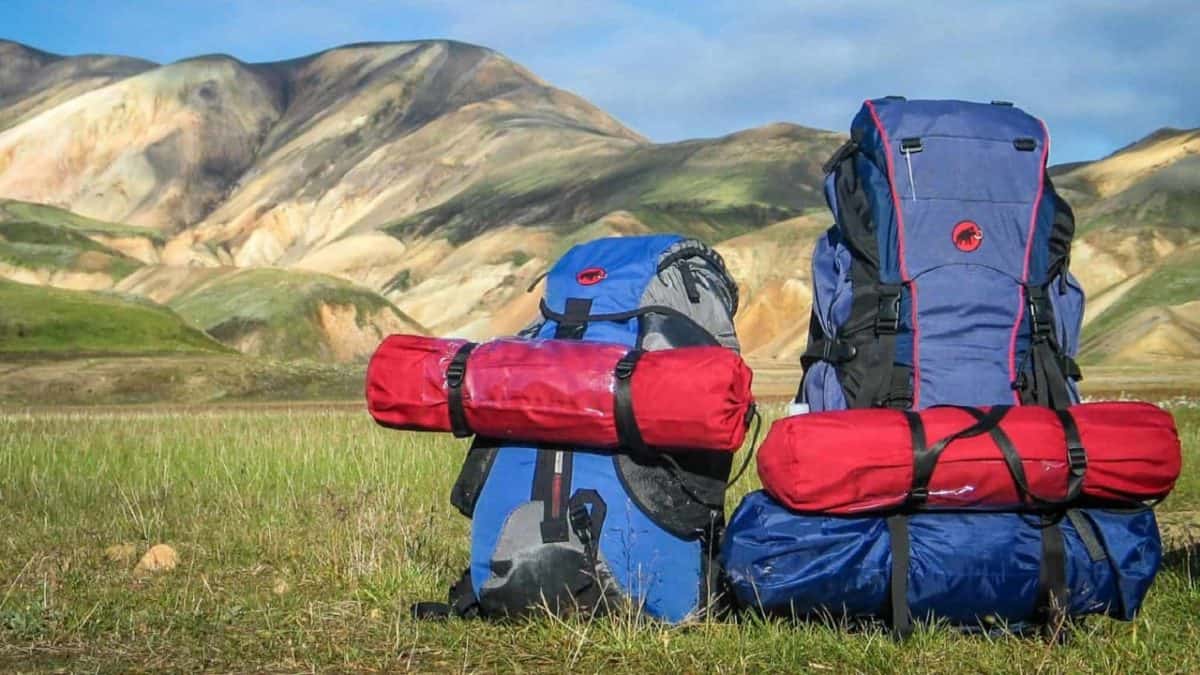
For a great Coast to Coast walking experience, having a properly fitting backpack is vital. An especially important thing to mention here is that achieving optimal carrying comfort is possible only through breaking in the said backpack – you’ll have to get used to its fit and weight by carrying it during your training walks.
Are you planning on staying in B&Bs along the Coast to Coast route? If that’s the case, you won’t need a particularly large backpack. A 30-litre model should be more than enough – it will be spacious enough for your water, food, toiletries, and a couple of clothing items.
Folk staying in bunkhouses and dorms, on the other hand, will probably need to carry a towel and a sleeping bag. In this case, opting for a 40-litre backpack would be a wiser decision. A backpack of that volume will have enough room for all the items you might need on the way.
Camping on the Coast to Coast route is a whole different story, however. For a journey of this type, you will need to carry cooking equipment, a sleeping pad, a sleeping bag, a tent, as well as all of your basic supplies. And to carry all of this stuff, you will need a backpack whose volume is no smaller than 60 litres.
Finally, make sure to take your backpack rain cover or choose a backpack that has a built-in rain cover. English weather is very unpredictable – on the Coast to Coast route, it can rain any time of year. For more information, check out our post on planning for the Coast to Coast Walk.
What About Footwear?
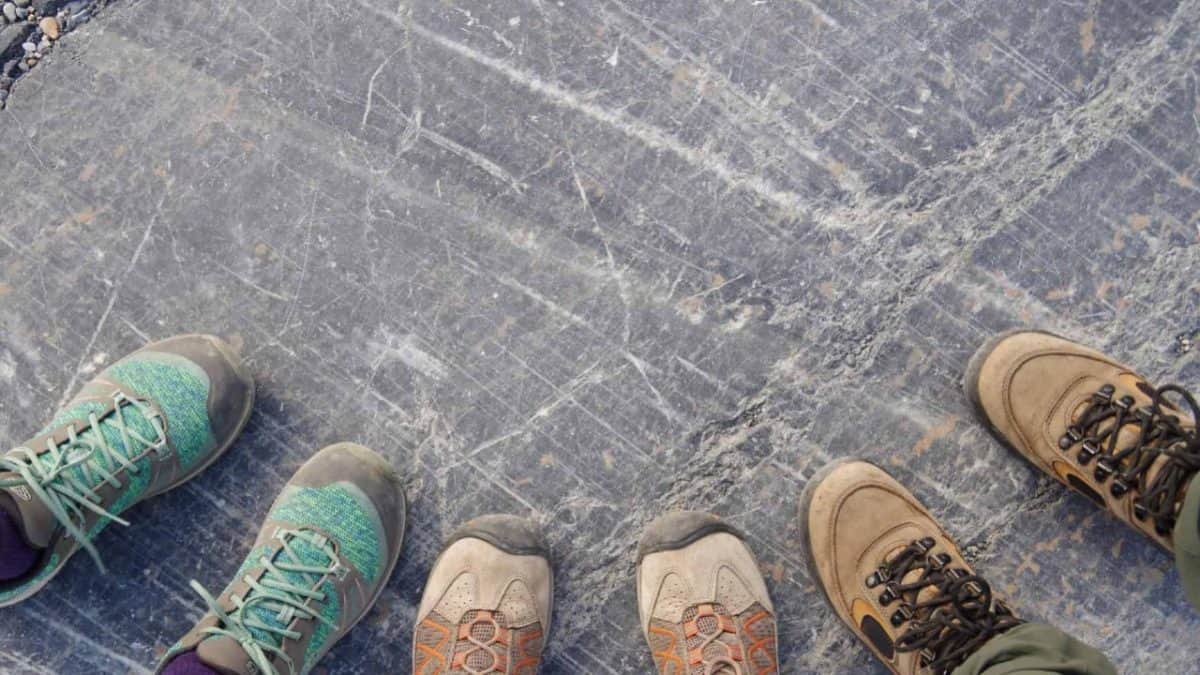
It goes without saying, but on a long-distance route such as Coast to Coast, taking care of your feet is crucial. Ailments such as chafing and blisters can completely ruin the whole experience, while the route’s wet environments and wide range of underfoot conditions can and will put your feet to the test. Fortunately, wearing the right footwear can make all the difference.
Trail running shoes, hiking shoes, and hiking boots can all be used to traverse the Coast to Coast route, as long as they’re not creating any problems. It’s really important that the shoes or boots you’re going to use for C2C are broken in and that they have been tested on various types of terrain – it’s the only way to make sure they won’t cause you any issues on demanding long-distance routes such as Coast to Coast.
When it comes to waterproofing, some C2C walkers prefer to use breathable trail shoes, while others tend to use exclusively rugged hiking boots with thick water-resistant layers. Which one of these is a better choice? While the boots offer better waterproofing, they also take longer to dry. The breathable trail shoes, on the other hand, get soaked right away but also take less time to dry out.
In other words, it’s a matter of personal preference – make sure to try out both options before hitting the Coast to Coast route.
Packing for the Coast to Coast Route
The Clothes
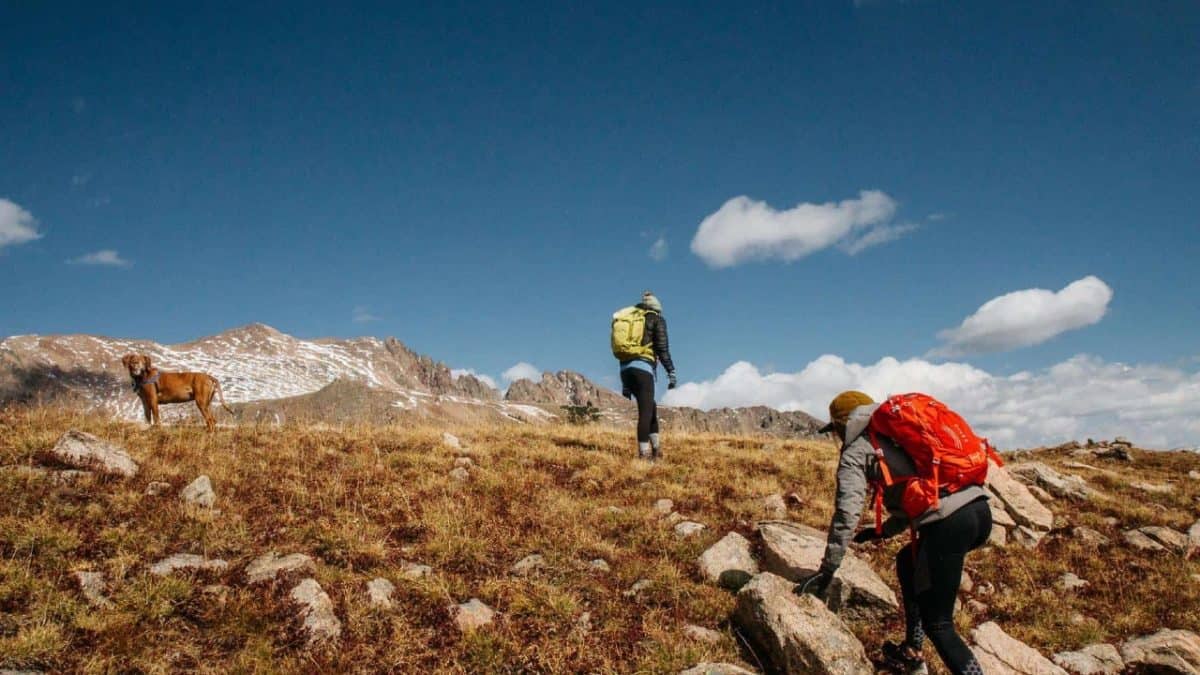
When you’re on the trail and wearing the same clothes for days on end, it’s vital to make sure that these garments are high-quality and comfortable. This is particularly important when we take into account the fact that you’ll be doing some serious walking in various weather conditions.
Men’s Clothes
- Rain jacket
- Down jacket
- Long-sleeve base layer
- Short-sleeve hiking shirt
- Rain pants (Read my post on the best hiking pants)
- Hiking pants (Some may prefer leggings.
- Hiking shorts
- Socks (2-3 pairs)
- Hiking underwear (2-3 pairs)
- Hiking shoes
- Camp sandals
- Hat
- Gloves
- Bandana
- Sunglasses
Women’s Clothes
- Lightweight Rain jacket
- Down jacket
- Sports bra
- Standard (underwire) bra
- Short-sleeve hiking shirt
- Long-sleeve base layer
- Basic black dress (for around-town nights)
- Running shorts
- Hiking pants or leggings
- Socks (2-3 pairs)
- Underwear (2-3 pairs)
- Women’s hiking shoes
- Camp sandals
- Hat
- Gloves
- Bandana
- Sunglasses
Personal Gear

Whether you decide to sleep in hostels or sleep under the stars, the following items are essential for walking the Coast to Coast route. While the list contains some must-have toiletries, it’s up to you to decide what else you’re going to carry with you (prescription medication, toothbrush, comb, etc).
- Men’s backpack – see my list of the best backpacking backpacks
- Women’s backpack
- Food
- Water
- Energy snacks
- Backpack cover
- First-aid kit
- Smaller day pack
- Hydration bladder
- Toilet paper
- Hiking poles
- Hiking gaiters
- Multi-tool
- Bug spray
- Sunscreen
- Headlamp (Check out my post on the best headlamp for hiking)
- Dry bags
Camping Gear
Whether you decide to wild camp or use the campgrounds along the route (which are plentiful and comfortable), camping on the Coast to Coast trail certainly provides a much more authentic long-distance trekking experience. I have two posts about camping in Yorkshire and Lake District Camping. Besides the bigger backpack, you will also need the following gear:
- Tent
- Backpacking pillow
- Sleeping bag
- Sleeping pad
- Backpacking pot
- Backpacking stove
- Mug/bowl/plate
- Utensils
Check out our post on food and drinks on the Coast to Coast Walk and our post on what you should know about the C2C Walk as well.
Other Gear
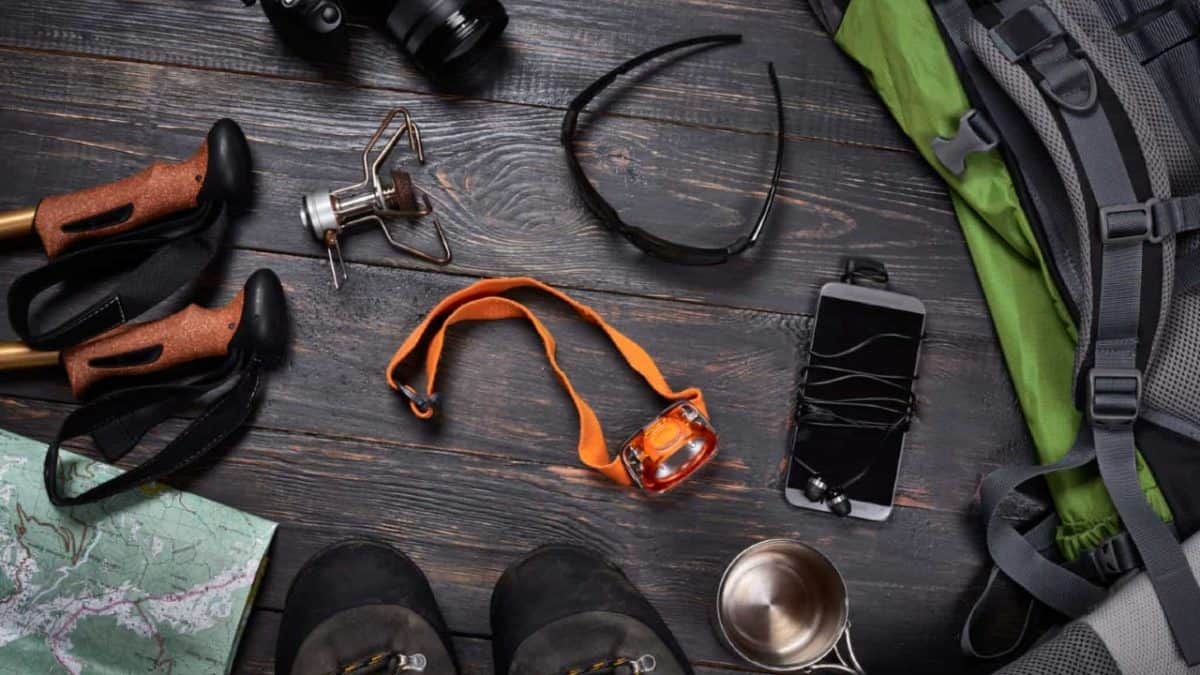
While it’s not as important as the gear listed above, the miscellaneous gear listed below can come in real handy on the Coast to Coast route. From keeping your mobile phone charged to getting your dirty shirts clean, these items will help your journey run much smoother.
- Biodegradable soap
- Battery backup
- Travel adapter
- Whistle
- Camera
- Digital watch
- Binoculars
- Sleeping mask
- Earplugs
- Guidebook
- Plastic garbage bags

I love hiking, backpacking, and camping. From the Camino de Santiago to the West Highland Way in Scotland or simply a great day hike on the weekend. Hiking refreshes me, my mind, and keeps my body reasonably fit. So far I have walked three Camino routes and many other long distance hikes in the UK, Canada, and around the rest of Europe. One of the best was my hike up Ben Nevis.

